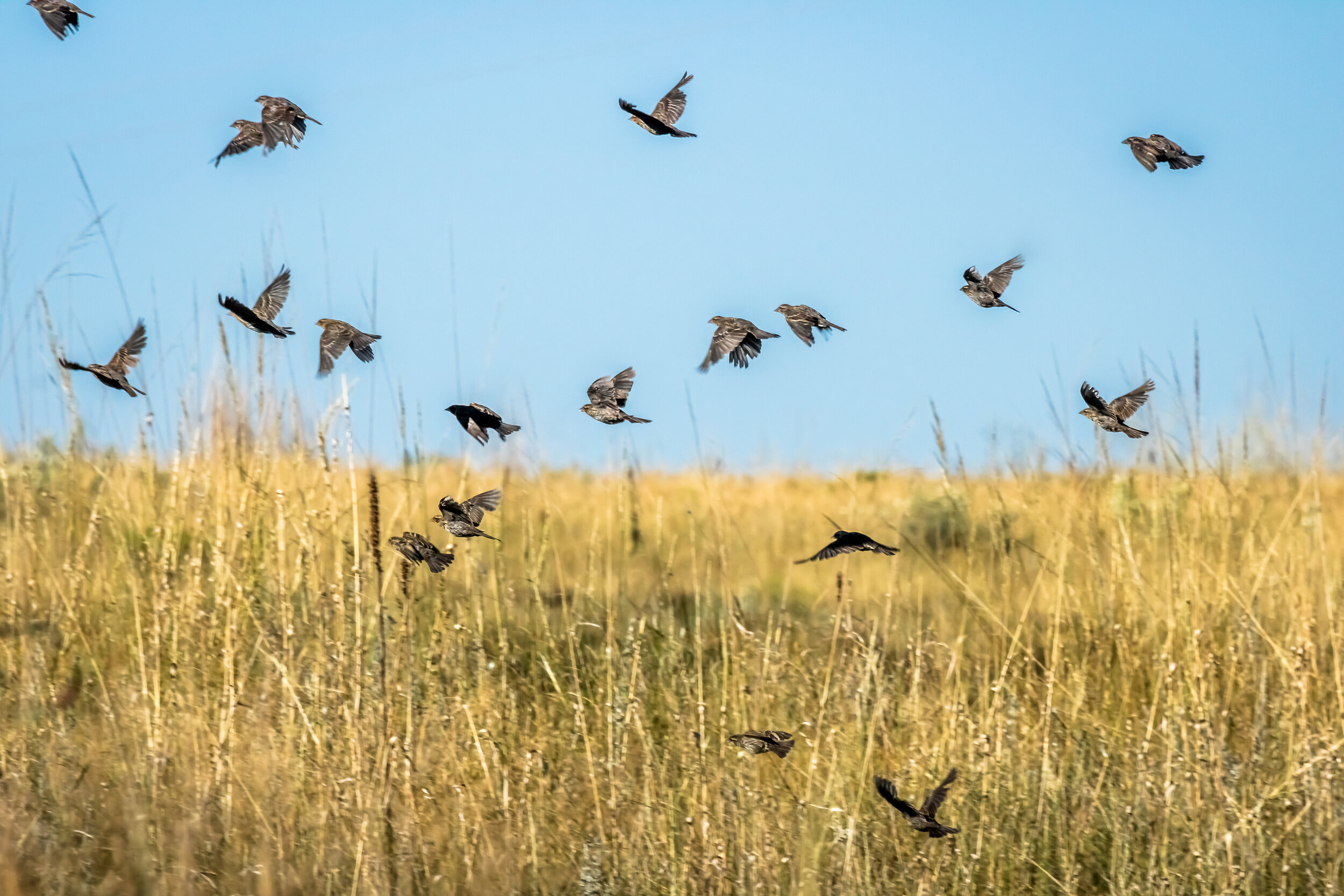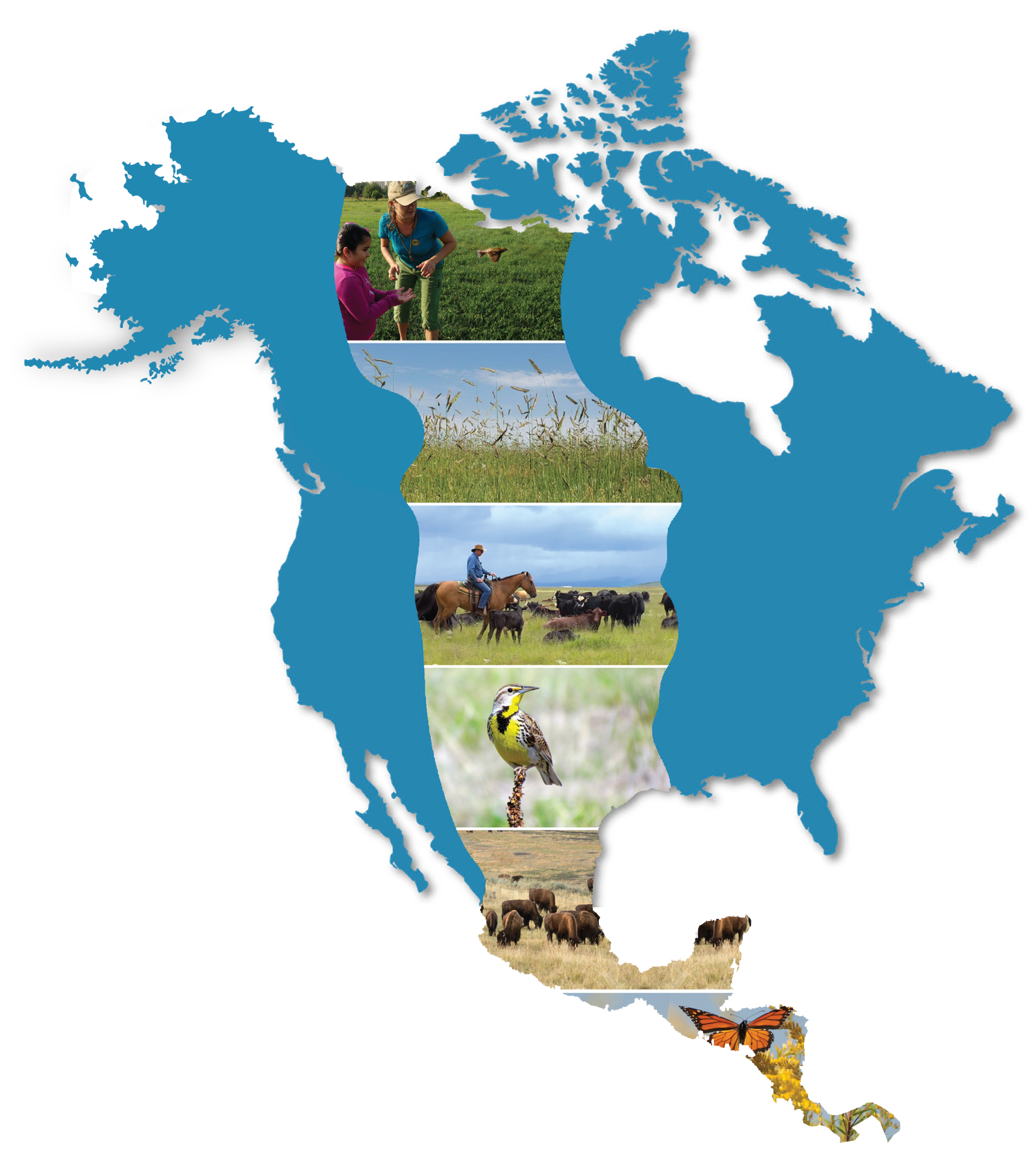
Spatial Resources
Spatial Resources, Assessments, and Resources
NRCS’ Working Lands for Wildlife “Last Great Grasslands” Map and Framework
Rangeland Analysis Platform: Datasets can be used as part of a decision-making framework to fill in data gaps, provide spatial and temporal context, prioritize areas for management, and track changes through time. It can inform national to regional policies and provide essential data at the scales at which decisions are made and implemented.
The Nature Conservancy’s Resilient and Connected Landscapes Tool
The Motus Wildlife Tracking System: Understanding how, where, and why birds migrate the way they do is crucial to protecting them. But the science of avian migration can be complex and consuming, requiring the collaboration of many researchers and advanced technology. The Motus Wildlife Tracking System tackles both of these requirements in one: a groundbreaking research network that employs coordinated automated radio telemetry to track the movements of birds, bats, and insects.
The Grasslands Sagebrush Conservation Portal from the U.S. Fish and Wildlife Service: This portal is an ArcGIS Online platform that provides access to maps, apps, data, documents, and other resources for practitioners working in grassland and sagebrush biomes. Many of the resources are developed by the U.S. Fish and Wildlife Service and our partners to use in planning and implementing conservation actions.
The Nested Hexagon Framework (NHF): By providing a global, standardized, multiscale grid to reference and summarize datasets, the NHF can serve as an annotated spatial index to make datasets more discoverable and provide summaries of the information known about an area.
New Research Provides 30 Years of Vegetation Data on BLM-Managed Rangelands
AWFA Grassland Working Group Gap Analysis: The AWFA Grassland Working Group (GWG) is a cooperative established to share resources and findings among conservation groups throughout Canada, the U.S., and Mexico. The GWG is conducting a tri-national survey to determine which projects need additional funding and other resources.
